I am starting a new thread, most of the early stages of this project have been well-discussed in the lengthy "Build Your Own Leslie" thread here. I have a Leslie 212s that I want to completely gut and convert to a single channel passive 8ohm cabinet with traditional 2-speed horns and rotor. This is a specialized Wurlitzer-only Leslie with two Rotosonic drums (each with two 5x7), a 15" firing down with no rotor, and an additional 5x7 in a corner.
I hope to switch the horn driver to 8ohm, put an 8 ohm 15" in it, and use a high-powered 8ohm crossover. This crossover is at 800hz, the horn driver rolls off at about 7khz, I hope this will give it "sort of" normal Leslie characteristics. I wish to use it with synth, guitars and general snippets of line-level sources. The ability to use differing amps will be convenient. I do not really desire the original 122/147 tube amp (can't afford it, for one). I am also considering bi-amping with an active crossover.
Here's some pics, I will add more as it progresses:</p>
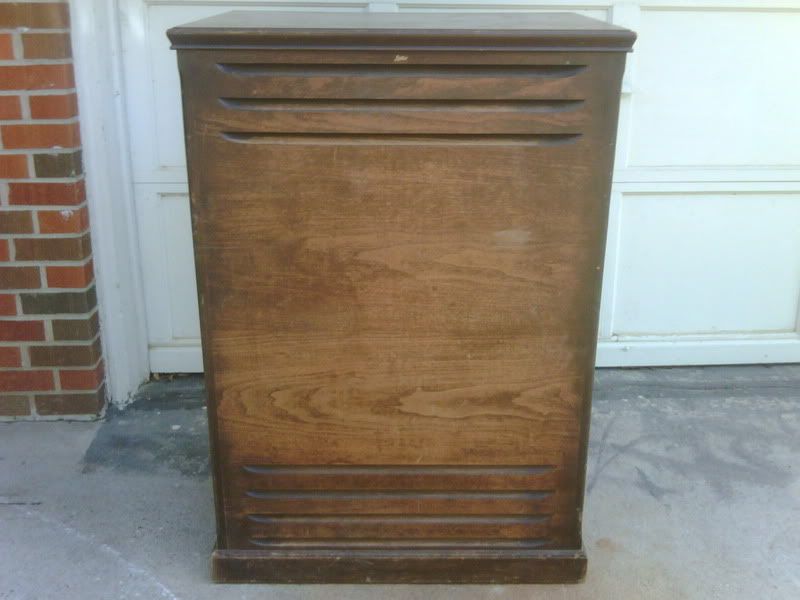
</p>
</p>
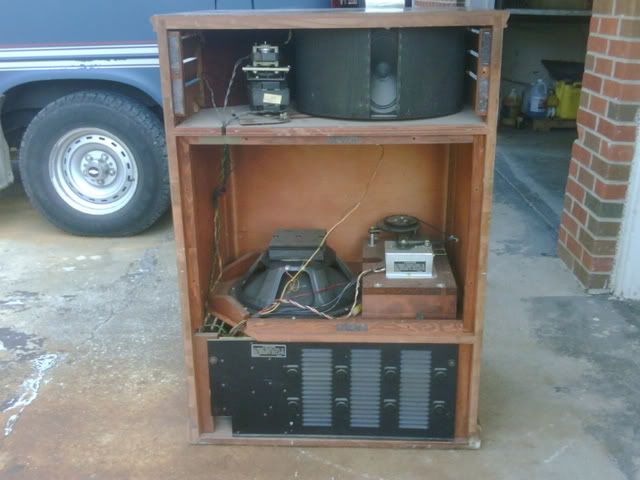
</p>
</p>

</p>
The cabinet is routed and glued on three sides for the top shelf, so it will be a fair woodworking project as well to remove the old shelves. Tentatively, I am considering cutting the old top shelf out all the way around, leaving a few inches. I envision setting my new shelf on that remaining lip, and attaching it (but without gluing, to ease troubleshooting).
I have one 2-speed motor I may be able to use, I know I will need fairly standard Leslie hardware (another motor, rotor, horns/bearings).</p>
How can I get a "floor plan" of a normal top shelf's cutouts? Can anyone measure one for me?
The shelf with the 15" in it will probably have to come out for replacement as well, the speaker hole is on the wrong side. I don't know which would be easier, try to put the rotor on the left side (as viewed from the back) under the existing hole, or make a new shelf and put the rotor on the right.. The lower Rotosonic drum's bearings have a routed spot in the floor for it's bearings. How tall is the space in the bottom for a bass rotor? The existing space is about 10 inches vertically.
</p>
Open to suggestions!
</p>
Scott S.</p>
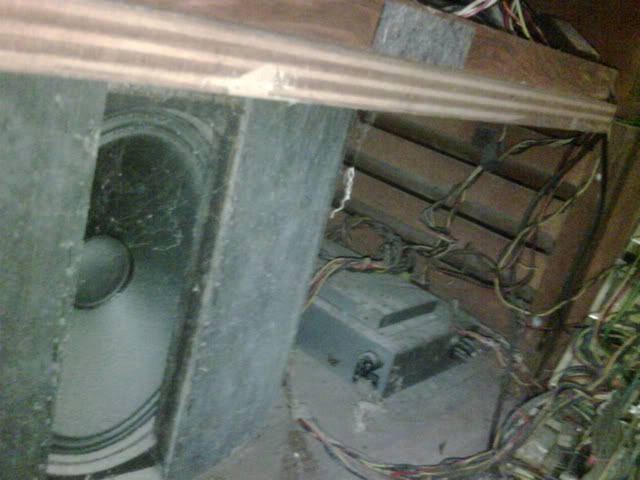 </p>
</p>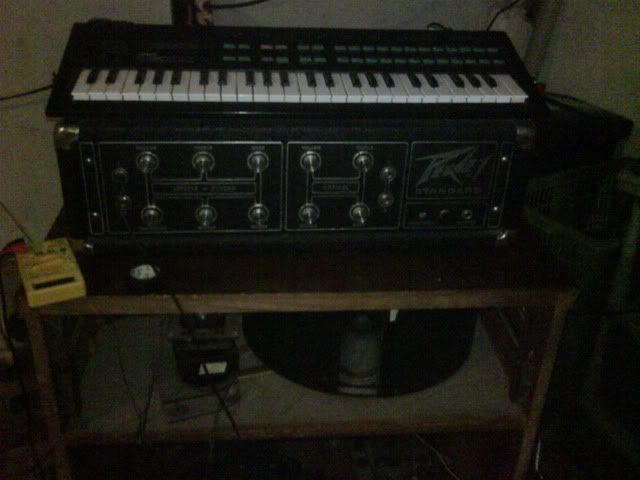
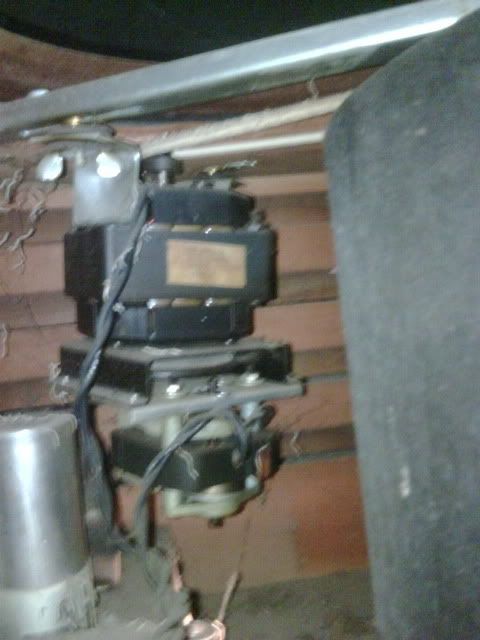
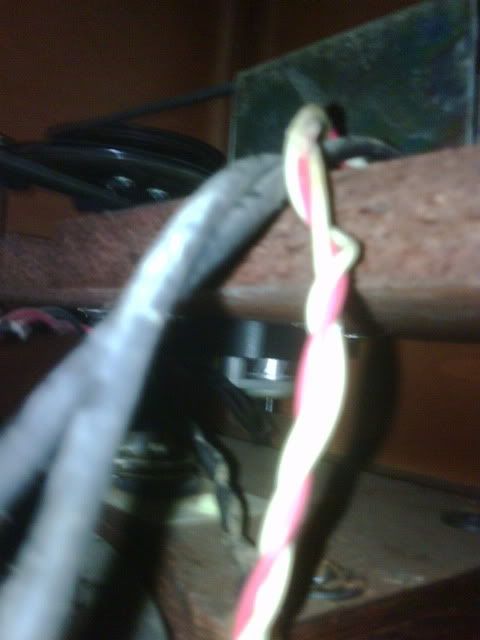
 </p>
</p>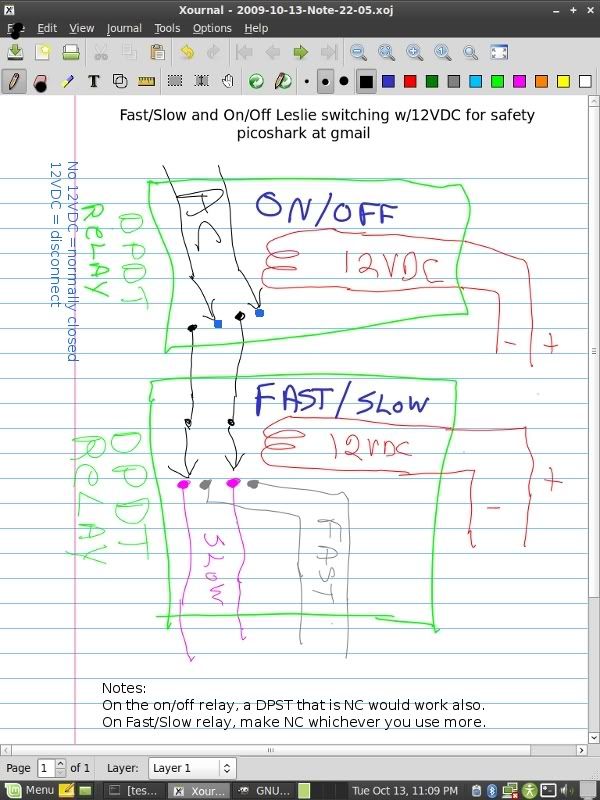
Comment